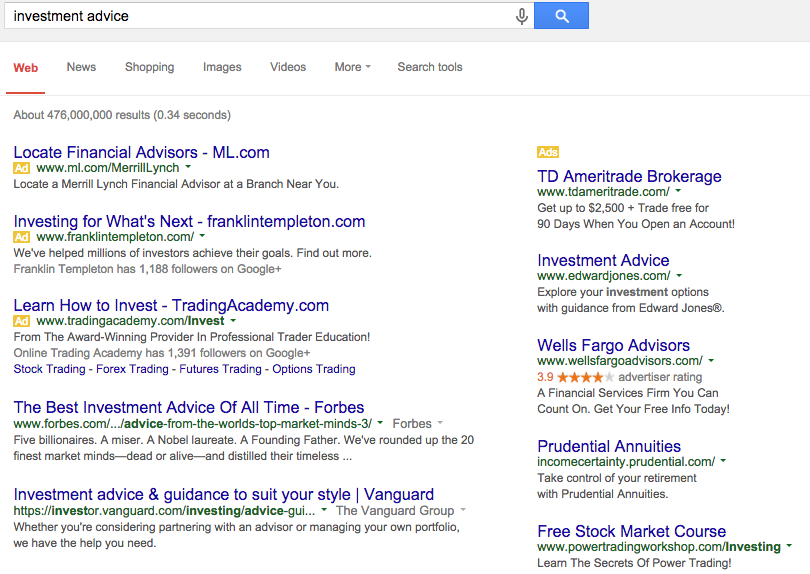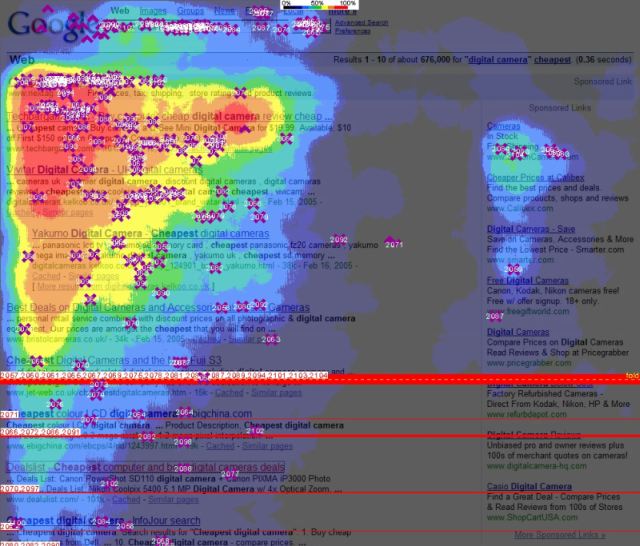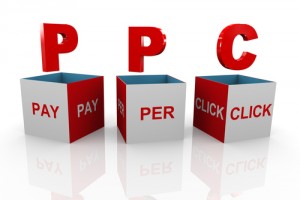Once you’re up and running with a paid search campaign, it’s up to you (or your team) to follow it closely and make improvements and adjustments as needed. PPC campaigns aren’t just a ‘Set It and Forget It’ traffic boost; the data you collect can and should be used to optimize your ads for success, whether for you that means increased impressions, more click-throughs, or higher sales conversions from those clicks. But you don’t have to rely on just your data for optimization.
My blog last week highlighted the basics of launching a PPC campaign, with tips from an OMI class led by expert Allen Klein, Fundamentals of Paid Search. Now it’s time to take it up a notch, with ways to plan and adjust your campaign to get the best results for your ad spend – with more helpful advice from the above class, and insights from PPC expert George Revutsky‘s intermediate-level OMI class, 8 Elements of Highly Effective Search Marketing. Use data from your own campaign, and these recommendations from top experts, to get the most bang for your buck in every campaign.
1. Sometimes being #1 isn’t the best.
Seems oxymoronic, I know. But bidding to be the #1 paid search result for a keyword or phrase is often not the most cost-efficient way to get conversions. Revutsky explains this perfectly in his class: if you budget a set amount for your PPC campaign, say $1000, and bid high just to get to the top spot, you’re going to reach your ad spend limit with fewer click-throughs achieved, and as logically follows, fewer conversions/sales.
A smart PPC bidder would aim for spots 2, 3 or 4, which require lower bids but will still reach a lot of eyeballs. With a lower price per click, you’ll be able to afford more click-throughs, and thus more conversions, on your $1000 budget. The #1 spot may be good for the ego, but it’s not always good for squeezing the most out of your budget.
2. Double your visibility by bidding for keywords that you already rank for organically.
It’s not unheard of for businesses to disregard their best organic keywords when considering a PPC campaign push. After all, you’re already ranking up there above the fold for that term – why do an ad as well? Sounds logical, but actually you can much more than double your revenue by doubling up on one keyword or phrase with paid ads and organic SEO.
Think about the layout and number of results a searcher sees, particularly above the fold. It’s really not very many, so if you can be two of those results instead of just one, you’ll be significantly increasing your chances of a click and thus a sale. Revutsky found that this strategy brings in 46% more revenue and 23% more profit; watch the class for the full case study and a much better explanation than mine.
3. Think carefully about ad location – and test your results.
When you’re setting up a campaign, there’s obviously a lot to think about and plan for. While it isn’t quite as easy as choosing a position on the page, you can help determine whether your ad appears at the top of the search results, along the side, or even at the bottom. Here’s how PPC ads typically layout: in mainline and side ads.

And here’s a heat map showing where searchers’ eyes generally go when their search results load:

So it’s pretty obvious that getting your ad to that top spot (even if it’s not #1) is going to get you a lot more notice and clicks. So how do you get there? Google has a great support page with tips for getting your ad to the top, but it really boils down to have a high Ad Rank for the keyword you’re bidding on – judged by your relevancy (CTR) and your bid. Mainline ads require a higher Ad Rank than side ads, so you’ll typically need a higher Cost Per Click to get up there. Google helps you figure this out by showing your estimated top page bid for different keywords.
The question of whether this increased cost pays for itself in PPC-driven sales is really up to you and your data; you’ll definitely see higher CTRs, but is the ROI worth the increased bid you need to get up there? Crunch your numbers and perhaps even A/B test the same ad in both mainline and side positions to see what works best for your campaign and your keywords.
Related Class: Google Shopping Overview
Again we’ve only scratched the surface of SEM optimization here – but I hope that these tips from two paid search experts will help you think strategically about what you can do to perfect and refine your PPC campaigns. There’s a lot more to learn, including how best to organize your campaigns and accounts, and how to use negative keywords to hugely improve your results.
